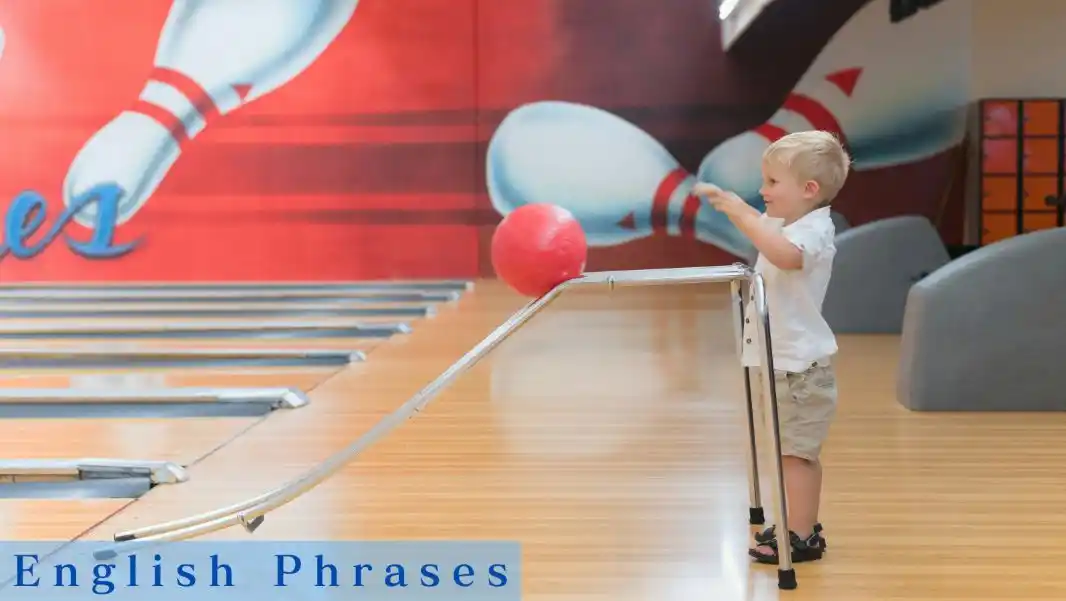
MyPace English の英会話講師たちが 集まって、毎週50ずつ、英語例文・フレーズを増やしています。 言えそうで 言えない英語表現、学校の英語教科書には登場しない英会話フレーズが中心です。 コツコツ型の方に、お勧めの英語学習法 - 例文数も 5,000件を超えました!
「Posture - 姿勢・猫背・内股」 に関する 英単語 & イデオム
□ posture 姿勢、(立っている時の)身のこなし
ex) People develop poor posture for many reasons.
人は 色々な理由から 悪い姿勢を身に付けます
posture: the way in which your body is positioned when you are sitting or standing
ex) Maintaining proper posture from head to toe can help you avoid pain and prevent injury.
□ stand up straight まっすぐ立つ、姿勢よく立つ
ex) Good posture is about more than standing up straight.
良い姿勢は まっすぐ立つだけのことではない
stand: : to be in an upright position with all of your weight on your feet
ex) Good standing posture doesn't mean to be stiff or rigid.
□ upright posture 真っすぐな姿勢
ex) This study suggests that adopting an upright posture may increase positive affect.
この研究は、真っすぐな姿勢をとることで、好影響を増やす可能性があると 示唆している
upright: positioned to be straight up
ex) Upright posture improves affect and fatigue in people with depressive symptoms.
□ forward head posture (FHP) 猫背
ex) Many bad habits of contemporary living can cause a forward head posture.
現代の悪い生活習慣は 猫背を引き起こす
forward head posture: holding the head out, in front of its natural position over the cervical spine
ex) Forward head posture can be caused by too much time looking at your cell phone.
□ computer neck (コンピューターや スマホ操作による)前傾姿勢、背中が丸まっている状態、猫背 = curved back
ex) Forward head posture can be corrected through lifestyle changes.
猫背は 生活習慣の改善により 矯正することができる
computer neck: any form of chronic neck or shoulder pain, soreness or stiffness caused by poor posture while using technology, such as phones or computers
ex) Modern jobs and technology encourage a computer neck, but it's important for your breathing and spinal health to fix it.
□ stoop かがむ、腰が曲がっている
ex) It is common to become more stooped with age.
加齢に伴い 腰が曲がってしまうのは 一般的なことである
stoop: to walk or stand with your head and shoulders bent forward
ex) Many factors may contribute to a forward stooped posture.
□ deformity 変形
ex) No one wants the side effects that come with this common postural deformity.
姿勢の変形による 副作用を、誰もが望まない
deformity: a condition in which part of the body does not have the normal or expected shape
ex) The aim of the study was to analyse the deviations of the body posture and to assess the occurrence of spine deformities.
この調査のねらいは、体の姿勢の歪みと、背骨の変形の発生を分析するものである
□ disproportionate 不均衡な
ex) We are reviewing disproportionate arm length and shoulder width.
私たちは 不均衡な 両腕の長さと、左右肩幅について 考察している
disproportionate: too large or too small in comparison with something else
ex) Repetitive types of training like running or cycling can lead you to develop disproportionate strength within your body.
□ hunched shoulders 丸まった背中
ex) People with a hunched back are prone to draw in their chest when running.
丸まった背中を持つ人は、ランニングの際 胸で呼吸する傾向がある
hunch: : to bend your body forward and down so that your back is rounded
ex) Depending on the cause of your hunched shoulders, treatment can range from stretching and exercises.
□ uneven shoulders 左右不均衡な肩(幅)
ex) Uneven shoulders occur when one shoulder is higher than the other.
片方の方がもう一方より高い場合、肩幅に不均衡が生ずる
uneven: : not level, flat, or smooth
ex) If you have uneven shoulders you may experience neck, shoulder, and lower back pain.
□ duck-footed gait ガニ股歩行の = out-toeing
ex) Some toddlers walk with a duck-footed gait.
ガニ股歩きをする よちよち歩きの子供もいる
duck-footed: a condition marked by feet that point outward instead of straight ahead
ex) Out-toeing can also sometimes manifest for the first time in adolescents, teens, or adults.
■ pigeon-toed gait 内股歩きの = in-toeing
ex) With a pigeon-toed gait, you walk with your toes pointed in an inward direction rather than outward.
内股歩きでは 足の指を内側に向けて 歩くことになる
pigeon-toed: having the toes and forefoot turned inward
ex) Pigeon toe can happen in one or both feet.
内股は 片足、或いは両足に起こる
□ gait 足取り、歩行
ex) There are a few conditions which can cause gait abnormalities in children.
子供に歩行異常をもたらす原因は、いくつかある
gait: a particular way of walking
ex) You may notice an abnormal gait if you drag your toes when you walk.
関連する英語例文・フレーズへ

